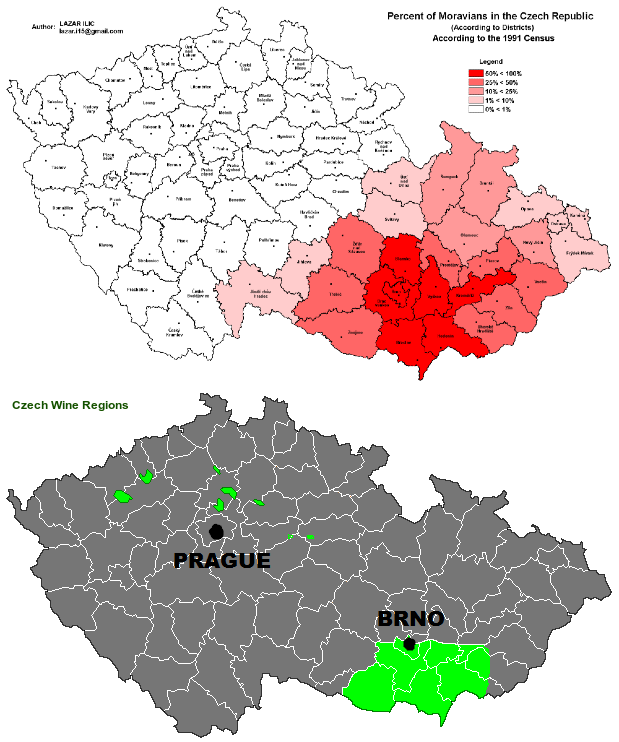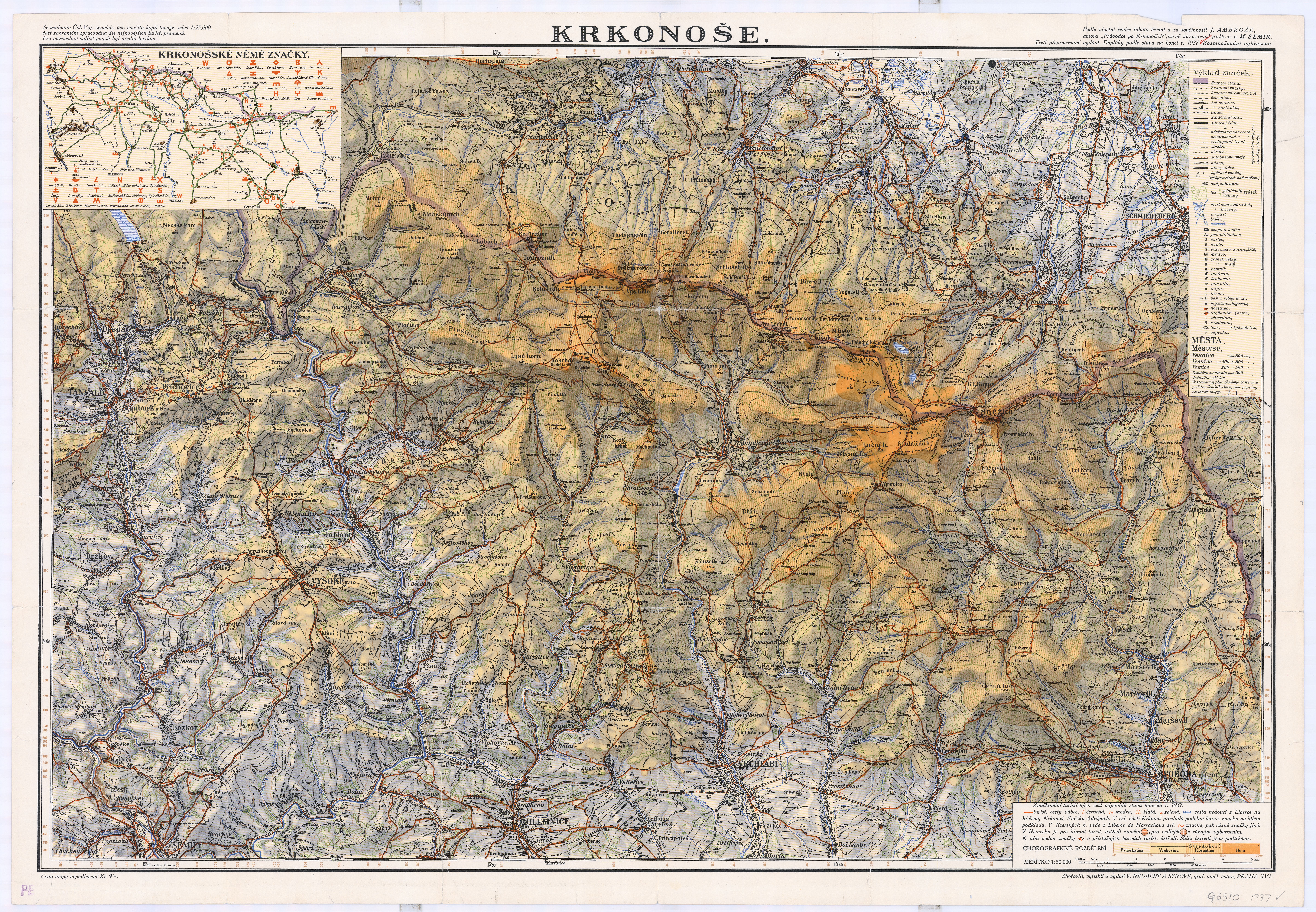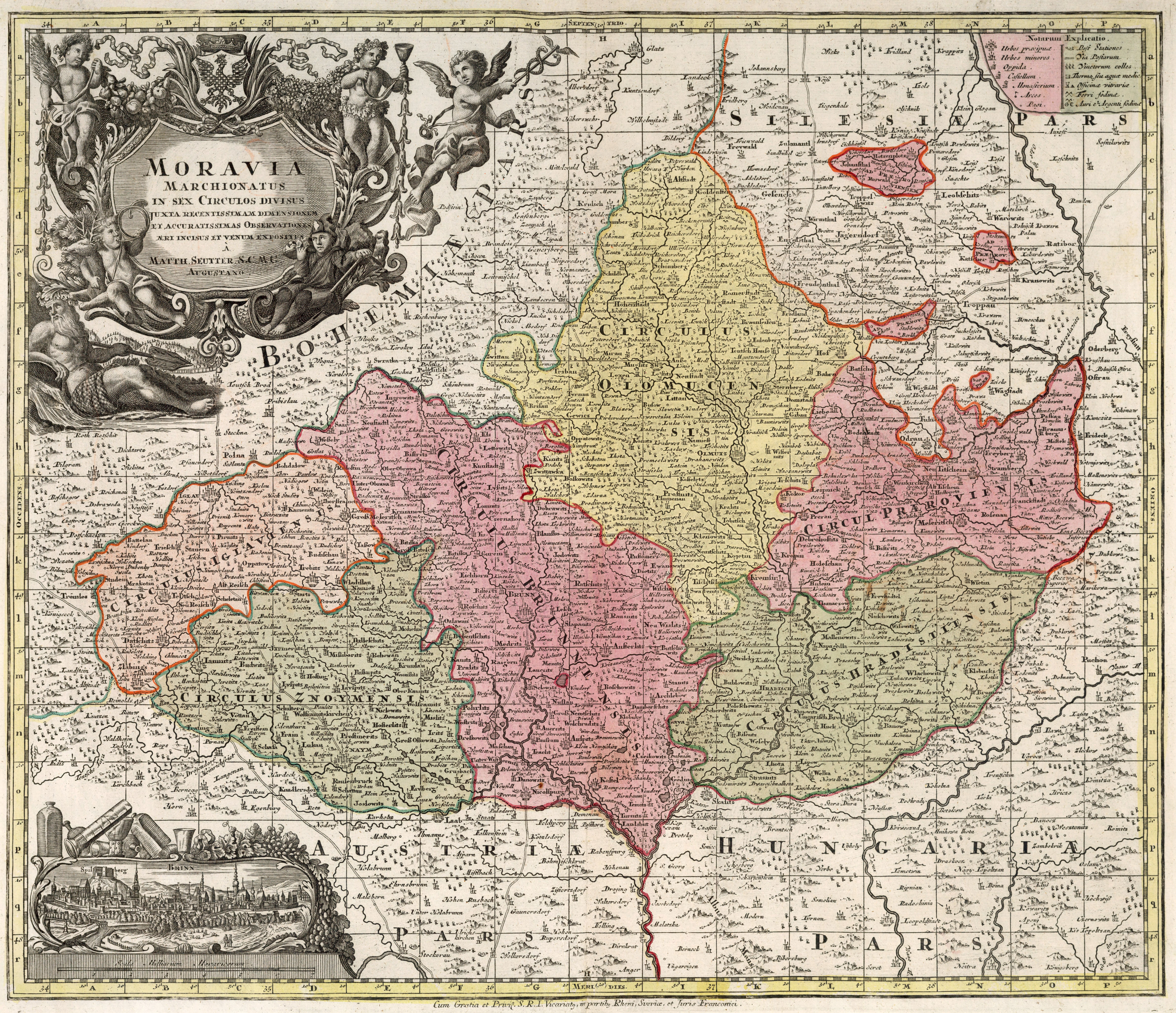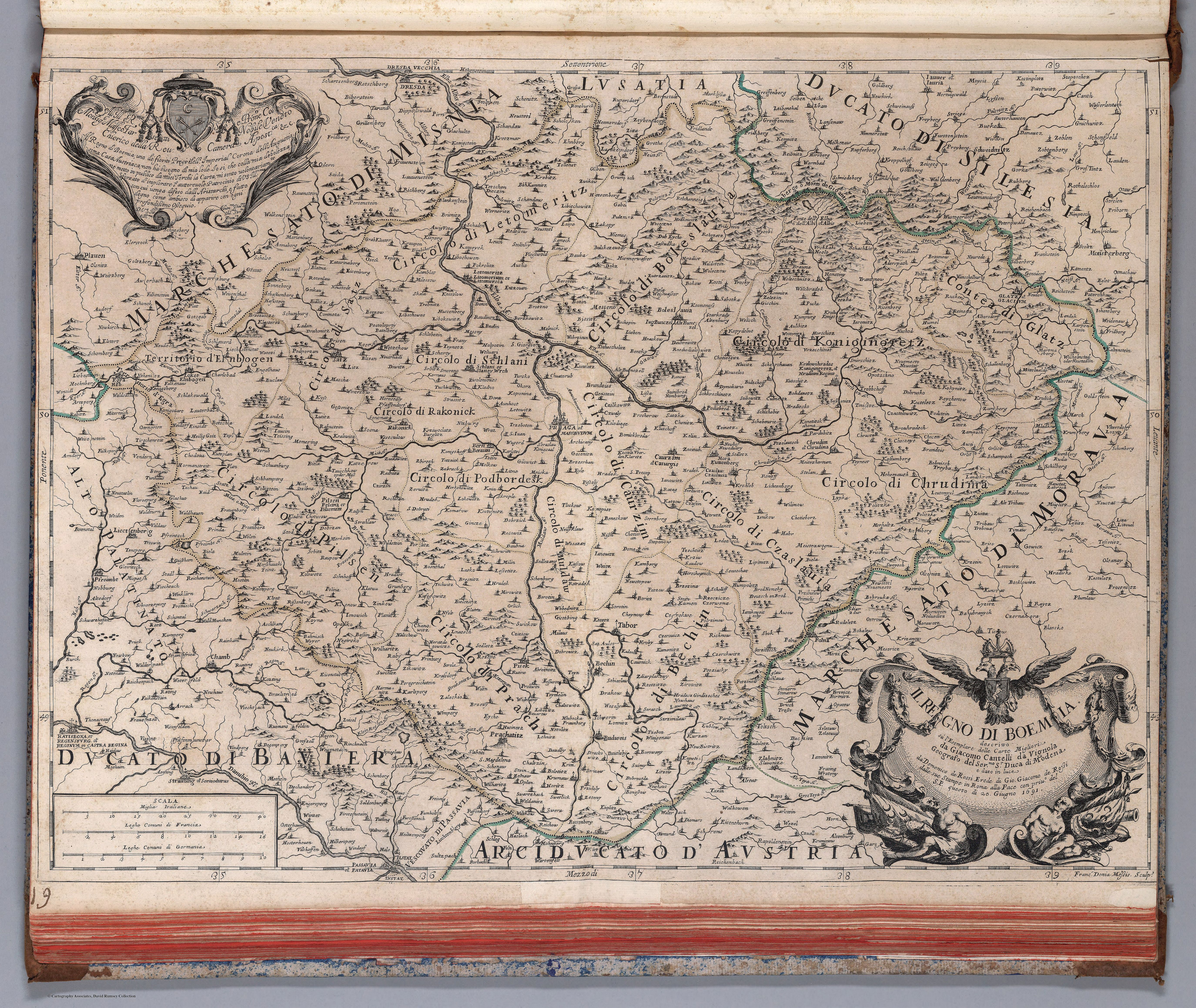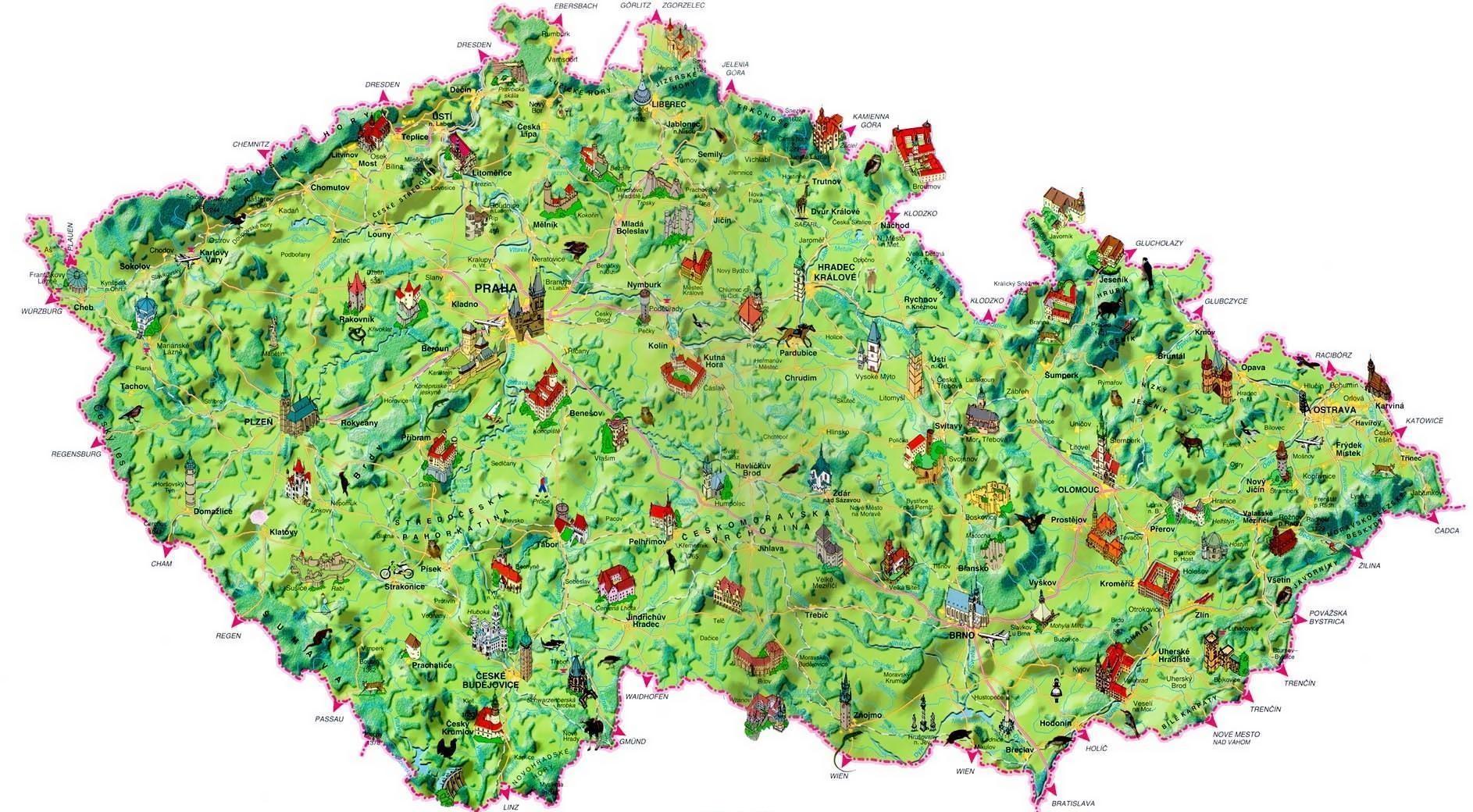Czechoslovakia - published by the Czechoslovak Government Information Service in New York City (1939)
Czechoslovakia - published by the Czechoslovak Government Information Service in New York City (1939)

‘A bit surreal how the (at the time) ongoing by Nazi Germany is just noted as the latest historical bulletpoint. You’d think this would include some kind of appeal to contribute to the Czechoslovak government and military in exile or something like that.’

